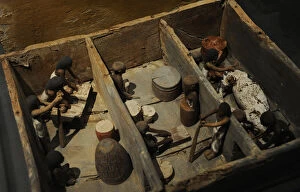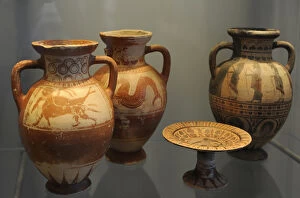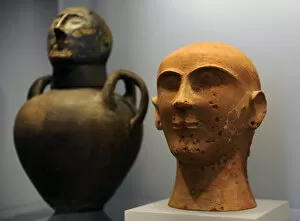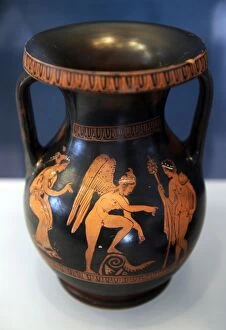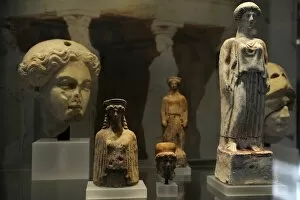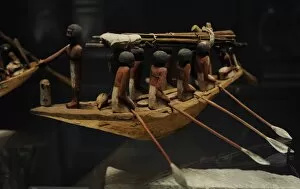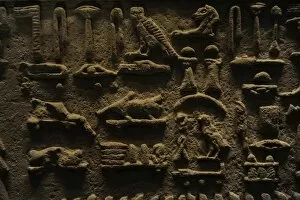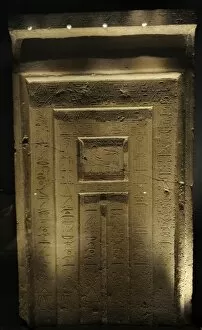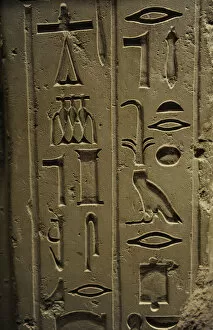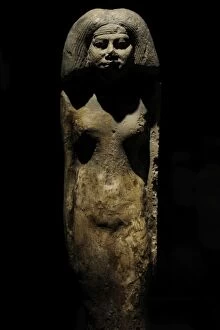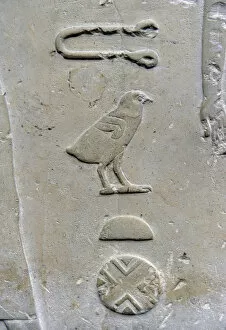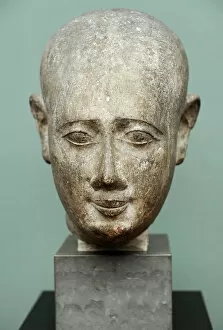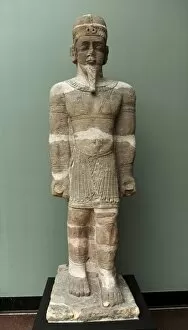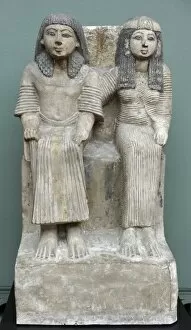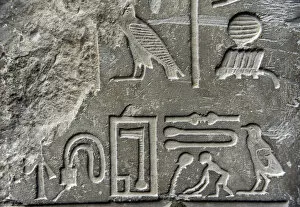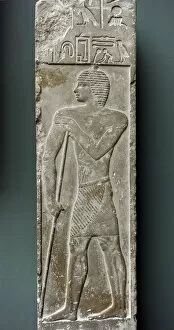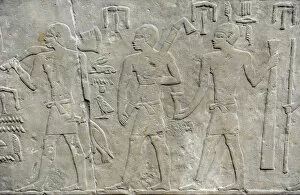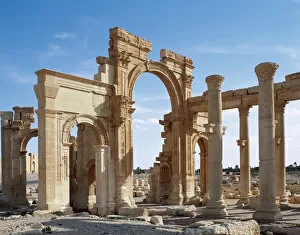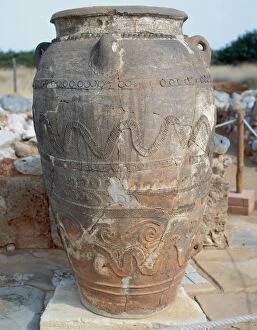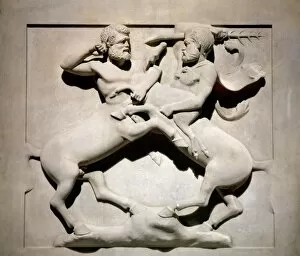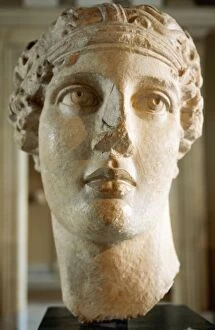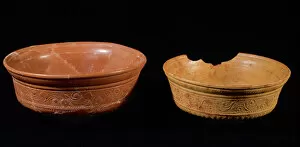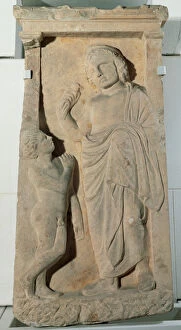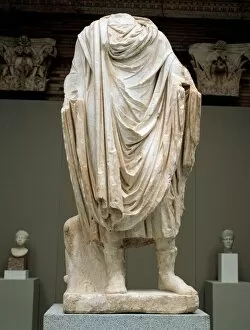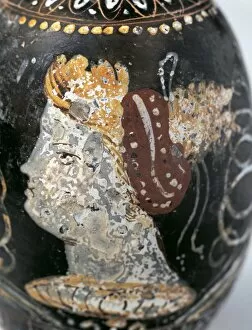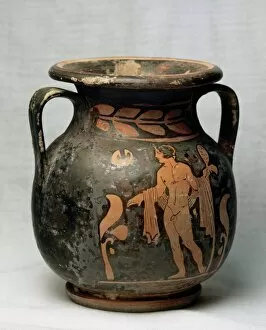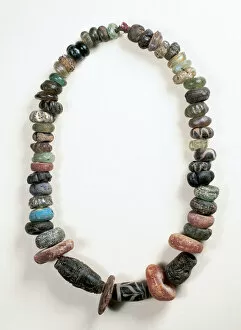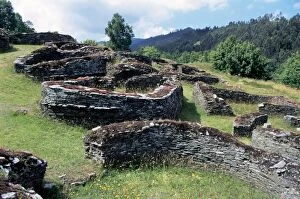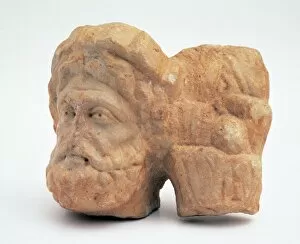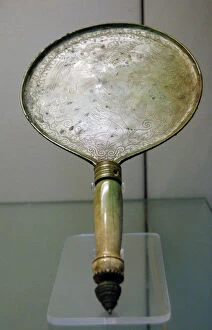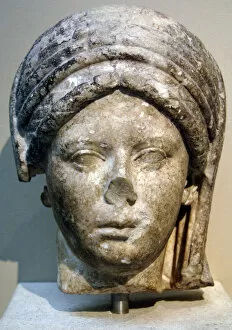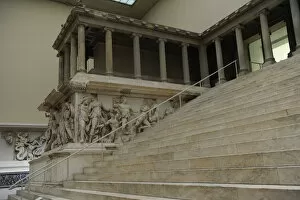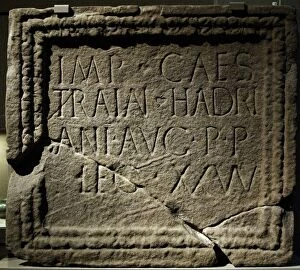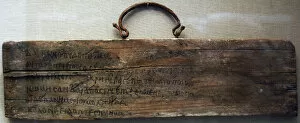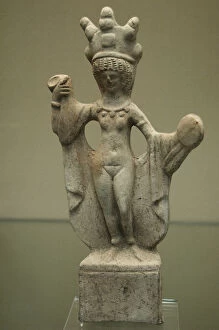Antiquity Collection (page 96)
Step back in time and immerse yourself in the captivating world of antiquity
For sale as Licensed Images
Choose your image, Select your licence and Download the media
Step back in time and immerse yourself in the captivating world of antiquity. Marvel at the intricate details of the Bust of the Roman emperor Marcus Aurelius, a symbol of power and wisdom that has withstood the test of centuries. Explore ancient Rome through a meticulously crafted map, tracing its grandeur and influence across vast territories. Indulge your senses with a stunning Roman seafood mosaic, an artistic masterpiece depicting life's abundance from beneath the waves. Journey further east as you unravel the mysteries surrounding The Byzantine Empire, an empire that bridged cultures and left an indelible mark on history. Transport yourself to Babylon's Hanging Gardens, where lush greenery cascades down terraces like nature's own stairway to heaven. Discover Ancient Greece and its colonies around the Aegean Sea, where philosophy flourished amidst breathtaking landscapes. Witness nature's majesty as you stand before the Standing Stones of Callanish at sunset - monolithic sentinels guarding secrets lost to time. Traverse through ancient Greek ruins that echo tales of conquests and triumphs while beholding Winged Victory or Nike of Samothrace – a testament to human creativity transcending eras. Gaze upon Athena’s statue within Athens' Parthenon; feel her wisdom emanating from every marble pore. Immerse yourself in Ancient Athens' vibrant streets bustling with intellectual discourse and cultural richness. Venture southward to Cueva de las Manos (Cave of Hands) in Patagonia, Argentina – witness prehistoric artistry etched onto cave walls by our ancestors who sought solace within these rocky chambers. Antiquity beckons us with stories untold yet waiting to be discovered; it invites us into a world long gone but forever imprinted on our collective memory. Let us cherish these remnants from distant times as they connect us to our shared human heritage across continents and epochs alike.


